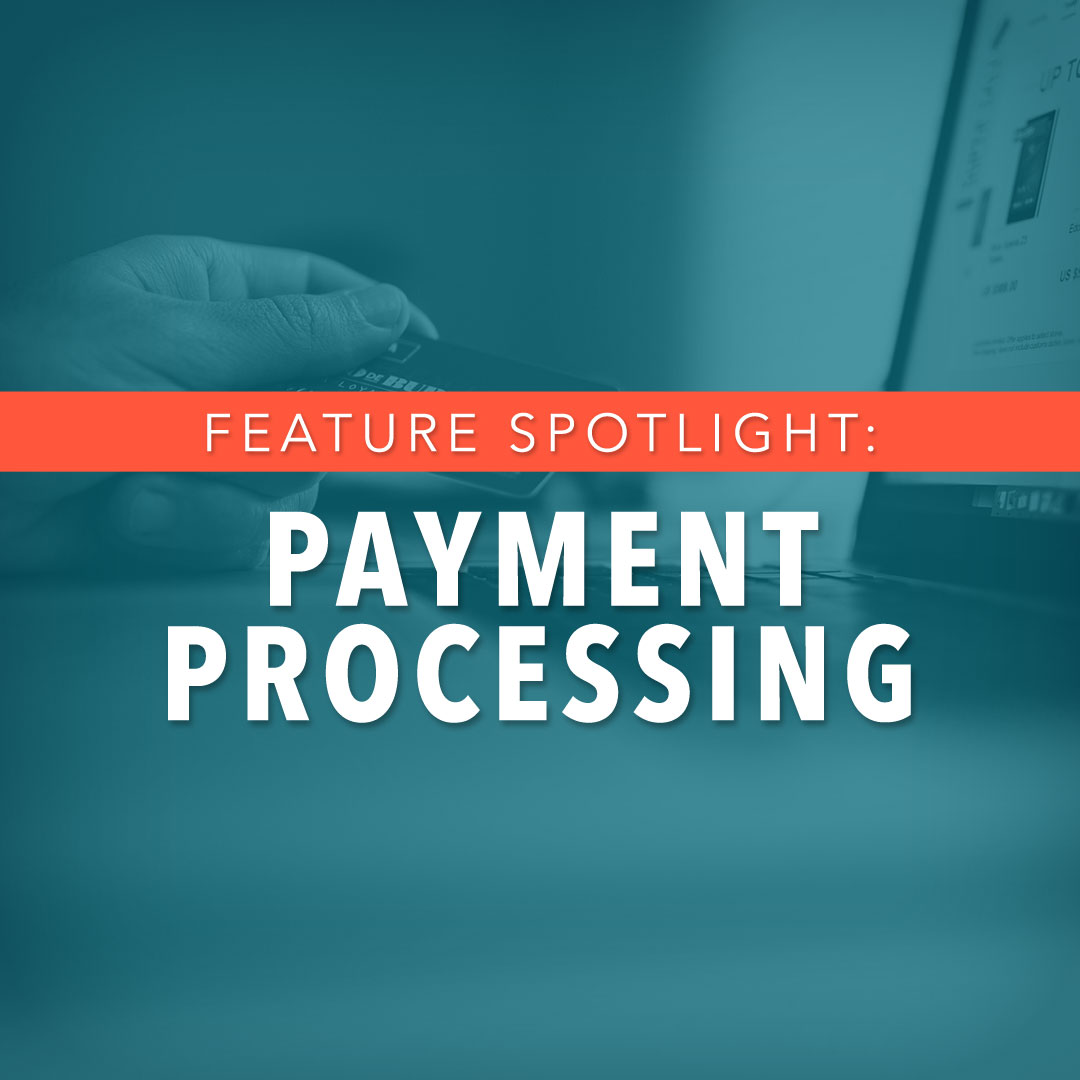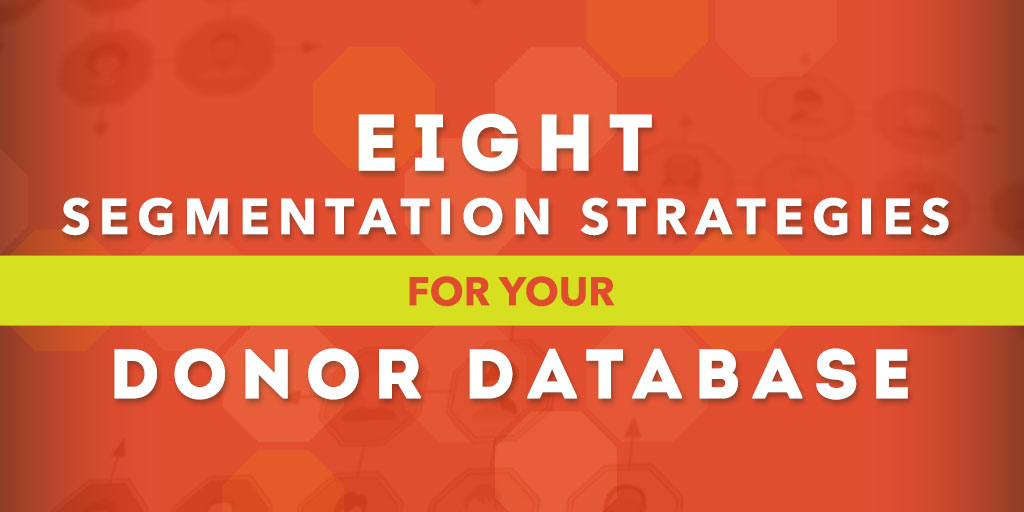You’re looking at the list of your donors and you’re wondering where to begin. How should you go about reaching these people? How in the world will your message motivate them to support your organization for the long haul?
The short answer: you need to segment your donor database. Segmentation divides your donor database according to important characteristics that matter to your messaging. It’s important because people want personalized communication and different groups respond to different messages and channels. You can segment based on any number of factors: channel, message, donor demographics, and so on.
Specifically, check out these ideas for segmenting your database:
- Age: Different generations not only support different causes but they are also motivated differently. Someone who is 25 years old needs a different motivation to give than donors in their sixties. Segmenting by age allows you to speak more directly to each generation.
- Wealth: Segmenting your donors by wealth ranges can help you set up more informed ask arrays for each donor as well as identify possible individuals that could be cultivated into major donors.
- GivingLevel: Similar to wealth, segmenting by giving levels helps you present a more accurate ask array for donors. By doing so, you can avoid offending a wealthier donor with a small ask or alienating a lower-level donor with a huge ask.
- GivingHistory: Giving history helps you anticipate the growth or decline of your donors and helps you form language around encouraging them to continue growing or to re-commit to giving. This slight change in language is sometimes the difference between losing and retaining a donor.
- GivingMethod: Do your donors prefer online giving, text giving, sending in a check or giving in person? Making sure that the preferred giving method is available (and easy to use!) to each donor is crucial in guaranteeing a donation.
- Preferred communication frequency or method: Similar to giving method, it’s important to deliver the actual ask exactly how and when the donor expects to get it. If someone wants to hear from you every week, but you only contact them quarterly, they’ll forget about you. Likewise, if you deliver weekly news to people who only want monthly updates, you’ll exhaust them. Additionally, make sure email subscribers get emails, text subscribers get texts, and direct mail fans get letters in their mailbox.
- Projectvs. General Interest: Some donors love your organization so much that they’ll give to anything and trust you to use it wisely. Others care about specific projects. By segmenting donors accordingly, you can avoid wasting communications or turning a donor off by presenting an ask that doesn’t make sense for their preference.
- Entitytype: Is the donor an individual, corporation, family, government or foundation? Because you will have partners of all sizes and entities, it’s important to segment your communications and asks accordingly. You might be able to ask corporations to sponsor entire events, but you can’t do that with an individual or a family.
Once you’ve segmented your database, you need to build donor profiles for each segment. Identify trends among the donors and what they have in common and fill in those details.
The most important aspect of donor segmentation? Having a good system in place that allows you to collect, track, and store key data is crucial. You can’t segment your database if you don’t have the info to begin with, and a robust software tool is a must-have.
Check out our software suite with a free demo and find out how Donor.com can help you with audience segmentation.


-1.jpg)






